Prototyping an Audio-Based Language Learning Tool With a Physical Input Device
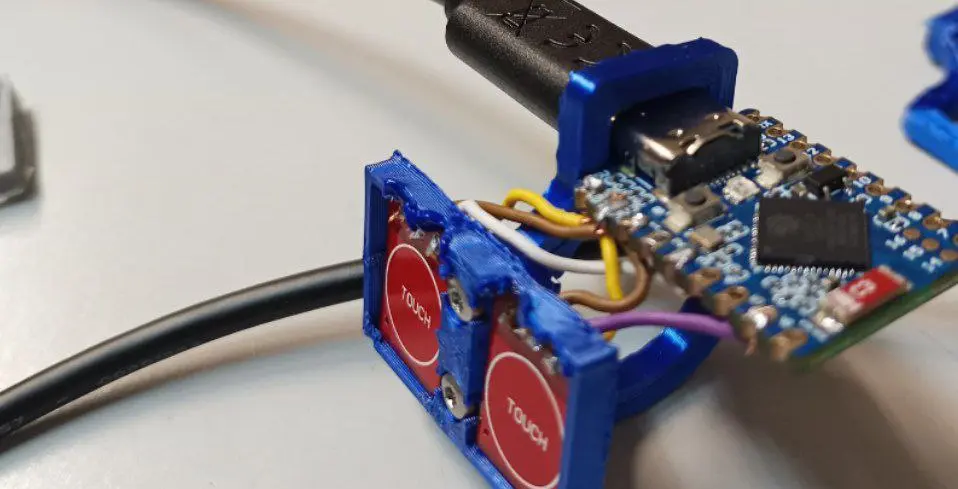
In this project, I prototyped an Android app for audio-based language learning, controlled by a custom-made smart ring.
Problem
Learning a language with audio is an underexplored topic. Certainly, you can simply listen to audio content in your target language, such as podcasts or audio books. However, such learning is not adaptive.
Now, a lot of language learning apps and materials incorporate audio, but only as a secondary channel. You still need to look at your phone or laptop in regular intervals, if not all the time. So you cannot use this while, say, walking around outside.
In this project, I wanted to build something that does both: provide adaptive learning, and be usable without looking at a device.
User Stories
As a learner, I want to practice listening in my target language — on my individual skill level.
Concept
To attack this problem, I planned to build two components: The input device, and the corresponding software.
Development
Hardware
This was the second 3D-printing project I ever did, so I did not only experiment with the interface itself, but also with CAD-modeling techniques, printer settings, components, and soldering techniques.
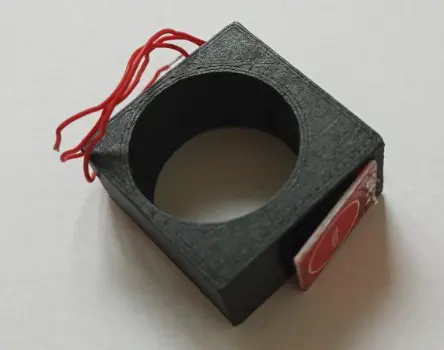
First 3D Print

Iterated version of the ring interface, with integrated button and ESP
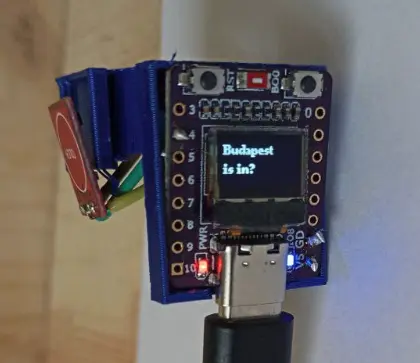
Testing button interaction
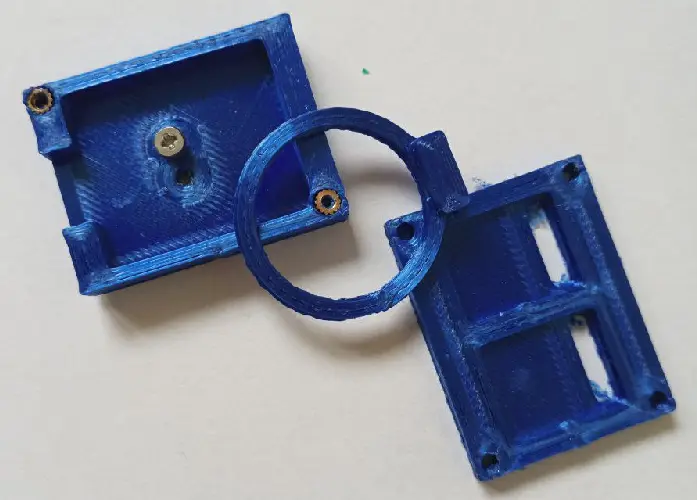
First experiment with heat-sinkable inserts
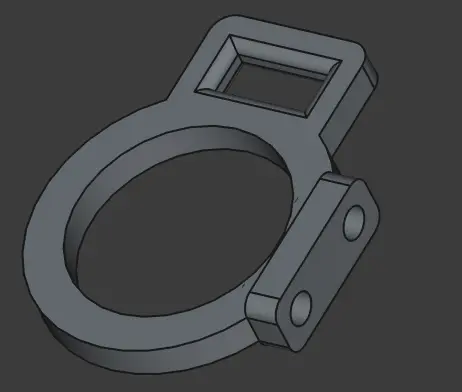
Ring module of the latest version, as seen in FreeCAD
Software
Developing the Android app proved rather frustrating.
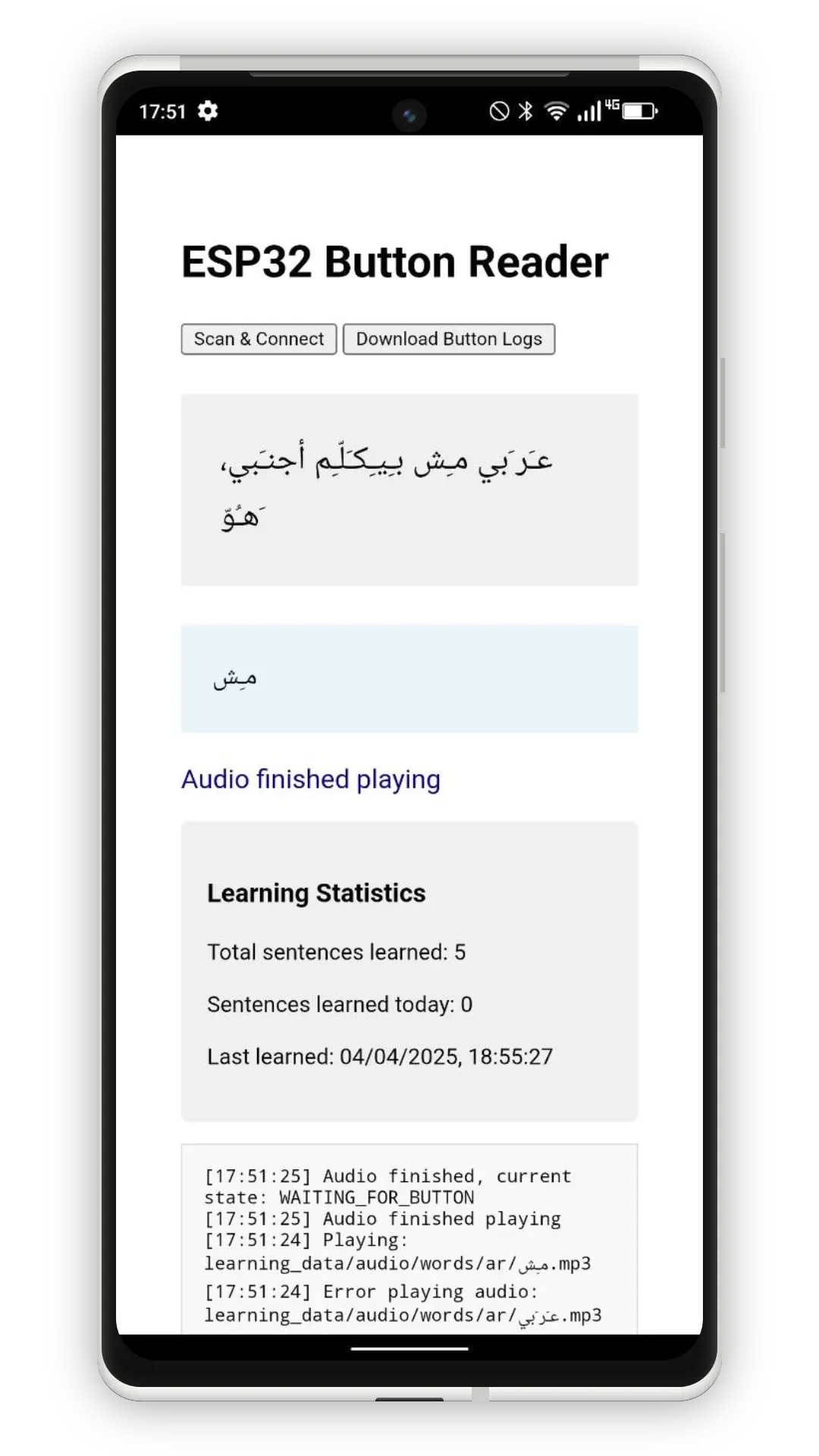
Current state of the Android app
The Product
Right now, both the software and the hardware exist, albeit as a proof of concept.
Evaluation
The biggest problem with the input device in its current iteration is how easy it is to accidentally trigger the buttons.
Also, using the setup is still clunky, mostly because of the required powerbank.
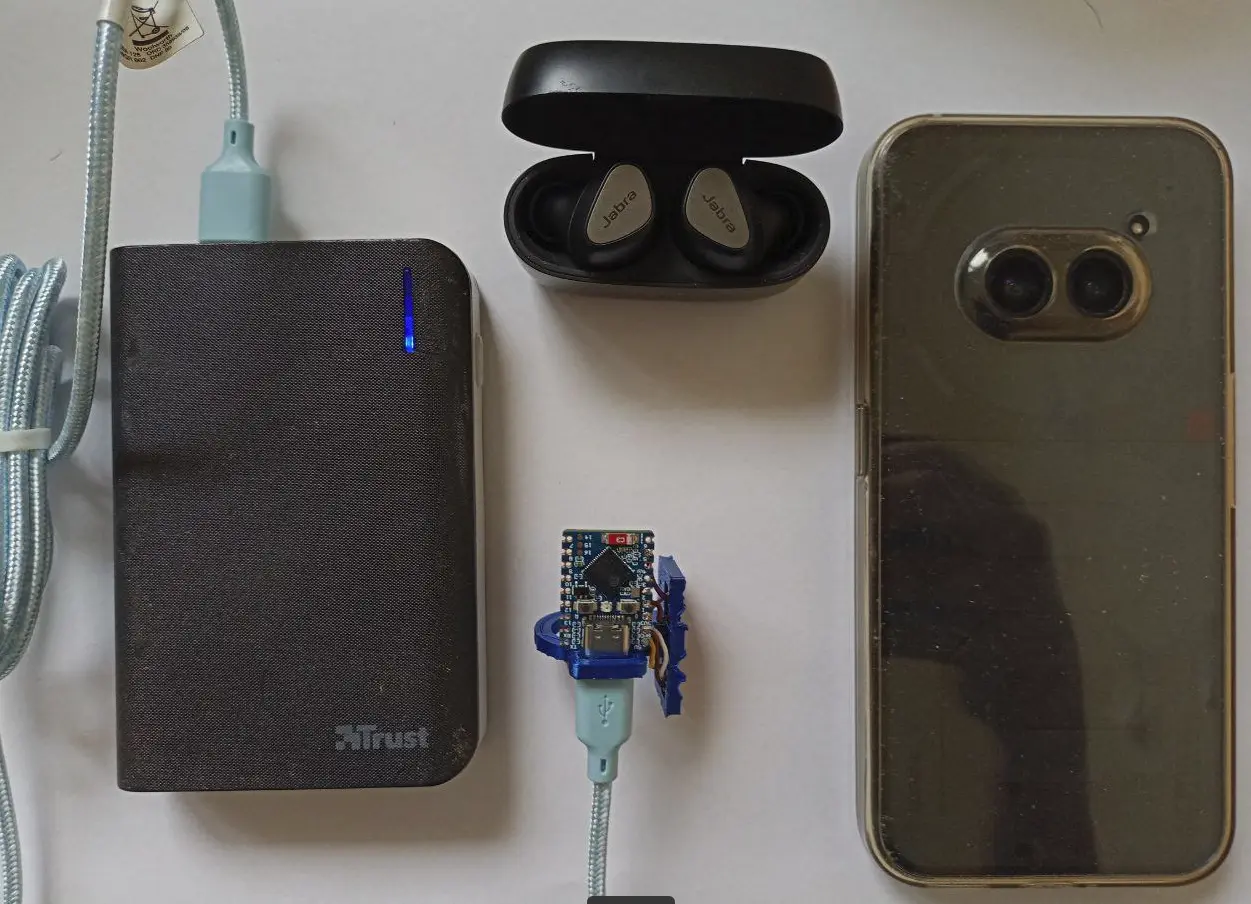
All this is needed.
Next Steps
My next step will be to experiment with push buttons with custom 3D-printed covers.
Closing Words
This project was quite challenging from the beginning. I was quite surprised by how hard it is to find compact components, especially in regards to batteries.